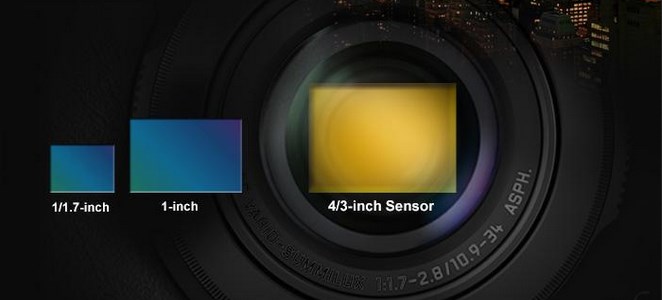Summary
- Mobile phones are too thin to allow excellent glass as in dSLR and enthusiast compacts
- Caltech has developed a method to focus light without a lens
- The technology at this point is working, but more of a proof of concept than useful
Take a look at Xiaomi’s Redmi Note 4X with a 4000mAh battery and compare it to phones just a few years back with batteries half the power, and it’s very evident that phones are getting thinner. Everything is improving very rapidly, including image quality. But, even though image quality is improving, phones getting thinner is not helping the situation.
Despite the inclusion of dual-camera technology, which can offer a few benefits in comparison to single-camera shots, the size constraints of a mobile phone make it impossible to give us cameras that can compete with modern day enthusiast and pro cameras.

Yes, in good light and with shots that don’t require zooming, mobile phone cameras do fantastic; unless examining images very closely, the majority of viewers won’t be able to tell the difference between a decent mobile’s shot and a dSLR shot. Especially when we consider the vast majority of images today are viewed through social media, or email, at relatively small sizes.
But, step into low light situations and the difference becomes much more obvious. Not only with quality, but with versatility; with a 1″ sensor compact, we’re able to take quite useable shots at 3200 ISO at a shutter speed which even allows for some motion. Whereas with even the top of the line phones, getting useable shots in these conditions is all but impossible.
What’s mostly limiting us is the lens. In short, the lens is the part of the camera which focuses light. In a smartphone, there’s simply not enough space to give us a lens which can give us a decent amount of zoom and focus large amounts of light onto the sensor.
Researchers at Caltech have developed an “optical phased array” (OPA) chip, which can focus light using algorithms, instead of a lens, to focus light beams. The OPA chip uses time delays as short as a quadrillionth of a second on different areas of the chip to capture and focus light on different areas of the chip.

Professor Ali Hajimiri states, “[the OPA chip] can switch from a fish-eye to a telephoto lens instantaneously–with just a simple adjustment in the way the array receives light.” This is similar to the way phased communication arrays control radio waves, but in the opposite direction as compared to OPA.
At the moment, the lensless camera developed by Caltech is only an 8×8 grid with 64 sensors. It’s capable of taking low-resolution images of a barcode, but not much beyond that; it’s nowhere close to competing with your cell phone–yet. The technology at this point is more of a proof of concept, and at this point, the team is working on using bigger, more sensitive receivers, which will be able to capture higher resolution images.















